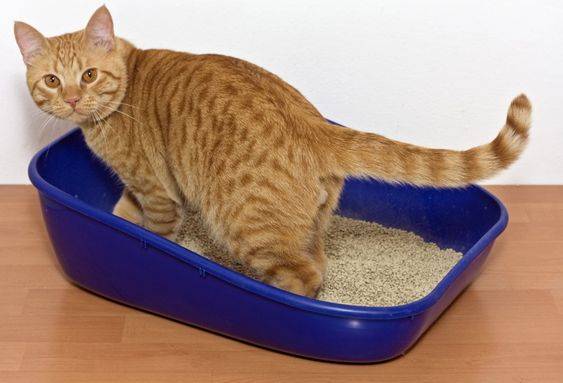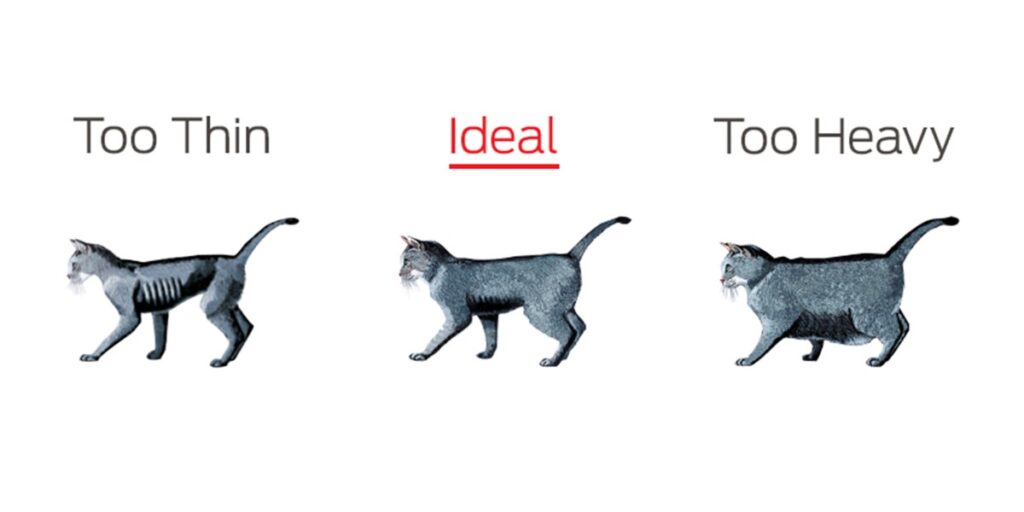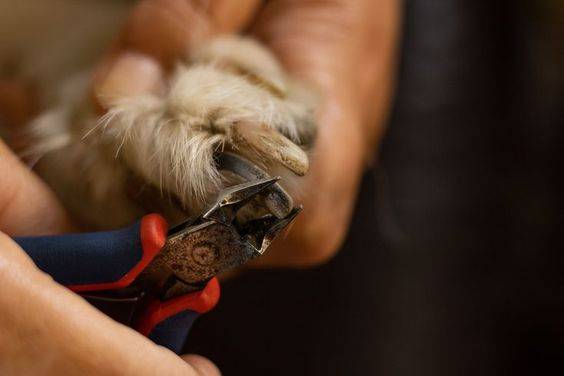As a cat owner, one of your most important responsibilities is providing a suitable litter box for your feline friend. A well-chosen litter box can significantly impact your cat’s happiness and health, as well as the cleanliness of your home. In this comprehensive guide, we’ll explore everything you need to know about cat litter boxes, from types and sizes to maintenance and tips for encouraging good litter habits.
Understanding the Importance of the Right Cat Litter Box
Cats are fastidious creatures, and a poorly chosen cat litter box can lead to a range of issues, including litter box avoidance. A suitable cat litter box helps ensure your cat uses it consistently, reducing the risk of accidents and maintaining a clean environment.
Types of Cat Litter Boxes
- Open Litter Boxes: They are usually rectangular and have low sides, making them easy for cats to access. Open cat litter boxes are suitable for most cats but may not contain odors as well as covered options.
- Covered Litter Boxes: Also known as hooded or enclosed litter boxes, these provide privacy for your cat and help contain odors. They are an excellent choice for households where smell containment is a priority. However, some cats might feel confined in covered boxes.
- Self-Cleaning Litter Boxes: These high-tech options use sensors and automated mechanisms to scoop and clean the litter after each use. While they are convenient for busy pet owners, they can be expensive and may not be suitable for all cats, particularly those who are easily frightened by noise.
- Top-Entry Litter Boxes: These boxes have an entry hole on the top, which can help reduce litter tracking and contain odors. They are ideal for households with dogs, as they prevent dogs from accessing the litter. However, they may not be suitable for older or less agile cats.
- Disposable Litter Boxes: These are made from biodegradable materials and are designed for temporary use, such as during travel or when introducing a new cat to your home. They are convenient but not a long-term solution.
Choosing the Right Size
The size of the cat litter box is crucial for your cat’s comfort. A box that is too small can discourage your cat from using it, while a box that is too large may be cumbersome to clean.
Litter Box Placement
The location of the litter box is just as important as the type and size.
- Quiet and Private: Cats prefer a quiet, private place to do their business.
- Accessible: Ensure the cat litter box is easily accessible to your cat at all times. Avoid placing it in areas that require your cat to navigate obstacles or stairs.
- Multiple Locations: If you have multiple cats, provide at least one litter box per cat plus one extra. Place them in different locations to prevent territorial disputes and ensure each cat has access to a box when needed.
Choosing the Right Litter
- Clumping Clay Litter: It forms solid clumps when wet, making it easy to scoop. However, it can be dusty and may track more than other types.
- Non-Clumping Clay Litter: It is usually more affordable but requires more frequent changes to keep the box clean.
- Silica Gel Litter: Made from silica crystals, this type of litter is highly absorbent and controls odors well. It produces less dust and tracking compared to clay litters but can be more expensive.
- Biodegradable Litter: Made from materials like wood, corn, wheat, or paper, biodegradable litters are eco-friendly and often produce less dust. However, they may not control odors as effectively as other types.
- Pine Litter: Made from compressed pine pellets, this type of litter is natural and biodegradable. It has a pleasant scent and is low in dust but may not clump as well as clay litter.
Maintaining the Cat Litter Box
- Daily Scooping: Scoop the litter box at least once a day to remove waste. This helps prevent odors and keeps the cat litter box hygienic.
- Weekly Cleaning: Avoid using harsh chemicals that could leave a residue and deter your cat from using the box.
- Litter Replacement: Replace the litter entirely once a month or as needed. This prevents the buildup of bacteria and keeps the cat litter box fresh.
- Liner Usage: Using a litter box liner can make cleaning easier, but some cats may dislike the texture. If you use liners, ensure they fit securely and do not tear easily.
Encouraging Good Litter Habits
Training your cat to use the litter box properly can take time and patience. Here are some tips to encourage good habits:
- Introduce the Litter Box Early: If you have a kitten, introduce the cat litter box as soon as you bring them home.
- Avoid Punishment: Never punish your cat for accidents outside the litter box. Punishment can create fear and anxiety, making the problem worse.
- Consistency: Keep the cat litter box in the same location and avoid moving it frequently. Consistency helps your cat know where to find their bathroom.
- Address Health Issues: If your cat suddenly stops using the litter box, consult your veterinarian. Medical issues like urinary tract infections or arthritis can cause cat litter box avoidance.
Eco-Friendly Litter Box Practices
If you’re environmentally conscious, there are ways to make your cat litter box routine more sustainable:
- Use Reusable Litter Box Liners: Instead of disposable liners, use washable and reusable liners made from durable materials. These liners can be cleaned and reused multiple times.
- Compostable Litter: Some biodegradable litters can be composted in home composting systems. Check the manufacturer’s guidelines to ensure the litter is safe for composting.
- Reduce Plastic Waste: Minimize the use of plastic bags for scooping waste by using biodegradable or compostable bags. Alternatively, use a dedicated scooping container that can be emptied into a compost bin.
Final Thoughts
Choosing the right cat litter box is crucial for your cat’s comfort and health, as well as for maintaining a clean home. By considering your cat’s preferences, the size and type of the cat litter box, and the litter itself, you can create a welcoming bathroom space for your feline friend. Regular maintenance and positive reinforcement will help ensure good litter habits, making life more enjoyable for both you and your cat. With the right approach, you can find the perfect cat litter box solution that meets both your needs and those of your beloved pet.







